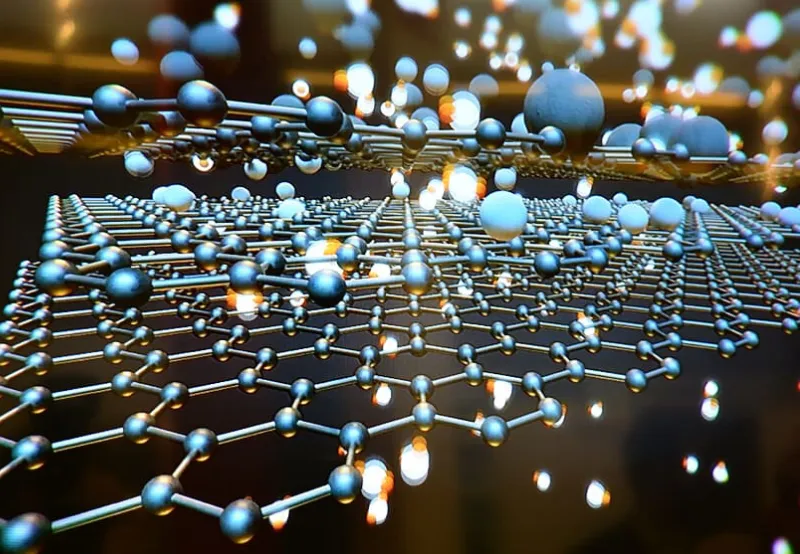Graphene Electrodes Can Break Water Molecules

Led by Dr. Marcelo Lozada-Hidalgo, the team discovered that water breaks significantly faster in response to stronger electrical forces, the journal Nature Communications reported.
This understanding of interfacial water could assist with the design of better catalysts to generate hydrogen fuel from water. The hydrogen produced from this method will be green hydrogen, which results in zero carbon emissions.
Green hydrogen has the potential to become the fuel of the future and could play a major role in the UK’s strategy towards achieving a carbon-neutral economy.
Lozada-Hidalgo commented on this potential use, “We hope that the insights from this work will be of use to various communities, including physics, catalysis, and interfacial science and that it can help design better catalysts for green hydrogen production.”
A water molecule is made up of a hydroxide ion and a proton. Pulling these two ions apart with an electrical force dissociated the water molecule. The theory is that the stronger one pulls the water molecule apart, the faster it should break. However, this has not been demonstrated quantitatively in experiments.
Although electrical forces are known to break water molecules, it is not the case that stronger forces lead to faster water dissociation. This has puzzled scientists for quite some time.
A graphene electrode differs from a traditional electrode as they are only permeable to protons. This difference allows the proton to be separated from the hydroxide ion across graphene, a one-atom-thick barrier preventing their recombination. To observe the electric field acceleration of water dissociation, this charge separation is key.
Graphene is also advantageous as it allows for the experimental evaluation of the electric field at the graphene-water interface. This enables quantitative characterisation of the field effect.
The classical Onsager theory, which had remained unverified experimentally in the important case of water, can explain these results.
Junhao Cai, a Ph.D. student and co-first author of the work stated, “We were surprised to find how well the Onsager theory fitted our data. This theory provides insights into interfacial water, including an independent estimate of its dielectric constant, which remains poorly understood.”
The authors are excited about the opportunities presented by their experimental setup.
Eoin Griffin, Ph.D. student and co-first author of the work said, “Graphene electrodes combine three properties that, as far as we know, are never found together in a single system: only protons permeate through the crystal, it is one-atom-thick and it can sustain very strong electrical forces. This combination allows us to essentially pull apart the first layer of water molecules on the graphene surface.”
4155/v





















